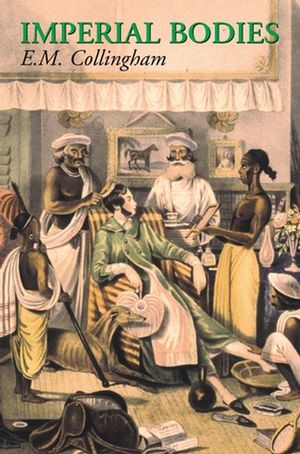Imperial Bodies: The Physical Experience of the Raj, c.1800-1947ISBN: 978-0-7456-2370-2
Paperback
288 pages
July 2001, Polity
 This is a Print-on-Demand title. It will be printed specifically to fill your order. Please allow an additional 10-15 days delivery time. The book is not returnable.
|
||||||
By the late nineteenth century, racial theory focused attention
on the physique to such an extent that the body became a distinct
category within official discourse, regarded as an instrument of
rule. The body was used symbolically during Raj ceremonial, and
even the pith helmet worn by officials was turned from a reminder
of British vulnerability in the tropics into a symbol of British
power.
Through an in-depth discussion of texts and practices, the body
is introduced into the historical account as an active social
principle: a force in the construction of social inequalities along
lines of race and class. Drawing on a wide range of sources
including government records, newspapers, private letters, medical
handbooks and cookery books, E.M. Collingham paints a vivid picture
of the life and manners of the British in India.
This important contribution to both British and imperial history will appeal to students and scholars of cultural and colonial history.



